Barry J. Naughton - The Chinese Economy: Adaptation and Growth
Here you can read online Barry J. Naughton - The Chinese Economy: Adaptation and Growth full text of the book (entire story) in english for free. Download pdf and epub, get meaning, cover and reviews about this ebook. publisher: MIT Press, genre: Politics. Description of the work, (preface) as well as reviews are available. Best literature library LitArk.com created for fans of good reading and offers a wide selection of genres:
Romance novel
Science fiction
Adventure
Detective
Science
History
Home and family
Prose
Art
Politics
Computer
Non-fiction
Religion
Business
Children
Humor
Choose a favorite category and find really read worthwhile books. Enjoy immersion in the world of imagination, feel the emotions of the characters or learn something new for yourself, make an fascinating discovery.

- Book:The Chinese Economy: Adaptation and Growth
- Author:
- Publisher:MIT Press
- Genre:
- Rating:5 / 5
- Favourites:Add to favourites
- Your mark:
- 100
- 1
- 2
- 3
- 4
- 5
The Chinese Economy: Adaptation and Growth: summary, description and annotation
We offer to read an annotation, description, summary or preface (depends on what the author of the book "The Chinese Economy: Adaptation and Growth" wrote himself). If you haven't found the necessary information about the book — write in the comments, we will try to find it.
The Chinese Economy: Adaptation and Growth — read online for free the complete book (whole text) full work
Below is the text of the book, divided by pages. System saving the place of the last page read, allows you to conveniently read the book "The Chinese Economy: Adaptation and Growth" online for free, without having to search again every time where you left off. Put a bookmark, and you can go to the page where you finished reading at any time.
Font size:
Interval:
Bookmark:
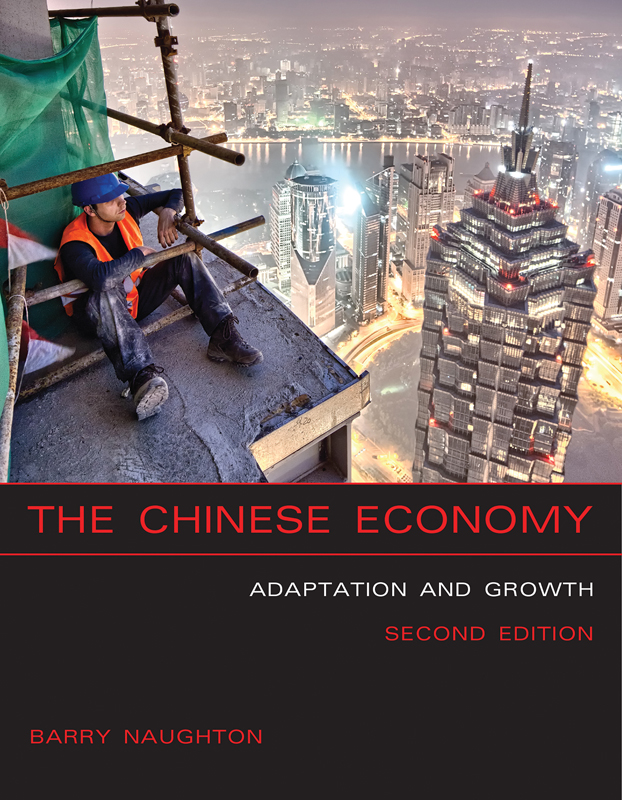
THE CHINESE ECONOMY
SECOND EDITION
Adaptation and Growth
The MIT Press
Cambridge, Massachusetts
London, England
2018 Massachusetts Institute of Technology
All rights reserved. No part of this book may be reproduced in any form by any electronic or mechanical means (including photocopying, recording, or information storage and retrieval) without permission in writing from the publisher.
This book was set in Times Roman by Westchester Publishing Services. Printed and bound in the United States of America.
Library of Congress Cataloging-in-Publication Data is available.
Names: Naughton, Barry, author.
Title: The Chinese economy : adaptation and growth / Barry Naughton.
Description: Second edition. | Cambridge, MA : MIT Press, [2017] | Includes bibliographical references and index.
Identifiers: LCCN 2017021096 | ISBN 9780262534796 (pbk. : alk. paper)
Subjects: LCSH: ChinaEconomic policy.
Classification: LCC HC427.95 .N38 2017 | DDC 338.951dc23
LC record available at https://lccn.loc.gov/2017021096
d_r0
Contents
List of Illustrations
.
.
.
.
.
.
.
.
.
.
.
.
.
.
.
.
.
.
.
.
.
.
.
.
.
.
.
.
.
.
.
.
.
.
.
.
.
.
.
.
.
.
.
.
.
.
.
.
.
.
.
.
.
.
.
.
.
.
.
.
.
.
.
.
.
.
.
.
.
.
.
.
.
.
.
.
.
.
.
.
.
.
.
.
.
.
List of Tables
.
.
.
.
.
.
.
.
.
.
.
.
.
.
.
.
.
.
.
.
.
.
.
.
.
.
.
.
.
.
.
.
.
.
.
.
List of Boxes
.
.
.
.
.
.
Acknowledgments
In preparing this revised edition of The Chinese Economy, I had invaluable assistance from Henrique Barbosa, Li Xin, and Kieran Naughton. It was challenging, to say the least, to try to update and expand a general work to encompass the enormous changes that have occurred in China over the past decade. I benefited greatly from the close reading and generous comments I received from Ralph Huenemann, Peter Lorentzen, and Louis Putterman. Three anonymous readers from MIT Press helpfully showed me where more work was needed and shaped the final product. At the Press, Emily Taber stepped ably into John Covells shoes and shepherded the whole process to completion.
The students at the School of Global Policy and Strategy (GPS) at the University of California, San Diego served as the test bed, lead market, and inspiration for the work. In addition, as scholarly exchanges and interactions with China have multiplied, I have increasingly benefited from the comments and reactions of colleagues at Chinese universities. Presentations at Tsinghua University, Peking University, and Fudan University in particular helped me to refine and modify arguments in this text.
The first edition of this book included two full pages acknowledging practical and intellectual debts I had accrued over the years. Those still stand; although the debts have been acknowledged, they have not been repaid.
For the past 35 years, China has been the best-performing economy in the world. Chinas gross domestic product (GDP) has grown faster for longer than that of any other economy in history. Furthermore, the Chinese economy is now huge, comparable in size and global impact only to that of the United States. China is now a driver of the world economy, in part because it has benefited enormously from the wave of globalization that has washed over the world in the past three decades.
How has China achieved this extraordinary economic success? China is not an obvious candidate for prosperity, in the way that the United States and other lucky countries are. China has faced development problems that todays rich countries never had to face. Bringing its massive population out of poverty required China to overcome daunting geographic and resource limitations. China entered its rapid growth period far behind technologically and without the institutional framework and rule of law that rich countries had developed over centuries to support their sophisticated market economies. Yet China dismantled the socialist command system, created a dynamic market economy, and vaulted into the ranks of upper-middle-income economies. China has forged its own development strategy in a way that no country has ever done before, independent of the simplistic prescriptions of some brands of orthodox economics. Today, after more than three decades of extraordinary success, China must adapt its strategy to dramatically changed conditions that point to significantly slower growth. A newly middle-class society demands new goods and services, a better environment, and more robust social policies. Can policy-makers deliver? Do they have the will to overhaul their approach to development, given the success it has brought them thus far? How big is the danger that hidden vulnerabilities will bring Chinas miraculous growth to a screeching halt? The Chinese economy continues to display both unmatched dynamism and unrivaled complexity.
It is useful to think of economic development as made up of two fundamental processes: structural change and institutional transformation. Structural change refers to real changes in the distribution of resources and activity. At the macro-structural level, the most fundamental change is the movement of labor and capital out of agriculture into the cities, and indeed China has transformed into a primarily urban industry and service-oriented economy over the past 35 years. Institutional transformation refers to changes in the organizations, information, and incentives that guide economic decision-makers. Governments, businesses, and households respond to the rules of the game in pursuing their objectives. China has undergone a dramatic institutional transformation from a command economy to a predominantly market economy. Both structural change and institutional transformation are sources of productivity improvement and income growth, and thus of economic development.
The objective of this book is to trace these broad processes of structural change and institutional transformation through the most important areas of the economy. From 1978 through 2010, both structural change and institutional transformation had their maximum possible effect on economic growth: the result was the extraordinary period we label the miracle growth period. Today, China has advanced to upper-middle-income status, and there is less opportunity for structural and institutional changes to drive growth: the miracle growth period is over. However, China still has robust growth potential, and medium-rapid growth over the coming decades will drive substantial catch-up and improvement in Chinese standards of living.
Structural change displays some common patterns in all growing economies. Although China has some distinctive features, Chinas industrialization can be easily situated in common structural processes. But structural change, as we shall see, is not just a macro phenomenon, but also an intermediate, or meso phenomenon, affecting specific sub-sectors, and also incorporating changes in demographic and technological structure. Institutional change by contrast, evolves from a specific context, and Chinese institutions are utterly distinctive. As a result, institutional change plays out in China in even more complex ways, in an incentive environment quite different from that in most economies. The objective of this volume, then, is to make Chinas ascent comprehensible by integrating the specific realities of China today with the broad patterns of structural and institutional change. Throughout, we hope to convey both the sources of strength and the challenges and vulnerabilities that have confronted China, including those overcome in the past and those that still face China today.
Font size:
Interval:
Bookmark:
Similar books «The Chinese Economy: Adaptation and Growth»
Look at similar books to The Chinese Economy: Adaptation and Growth. We have selected literature similar in name and meaning in the hope of providing readers with more options to find new, interesting, not yet read works.
Discussion, reviews of the book The Chinese Economy: Adaptation and Growth and just readers' own opinions. Leave your comments, write what you think about the work, its meaning or the main characters. Specify what exactly you liked and what you didn't like, and why you think so.

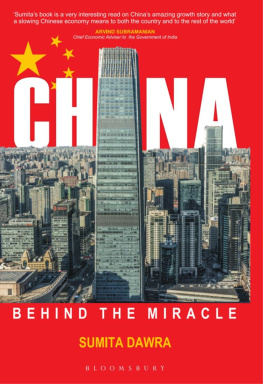
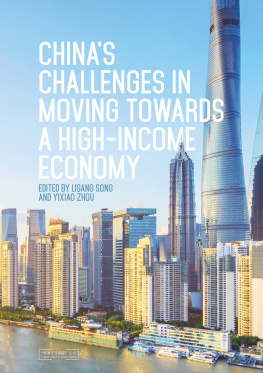
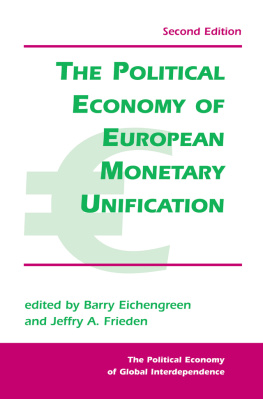

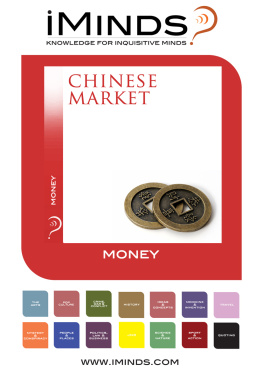
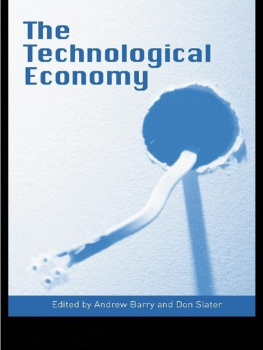
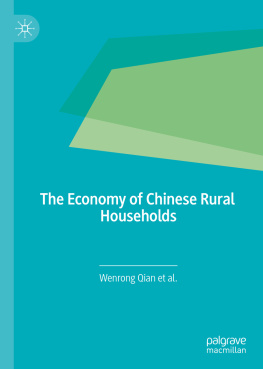

![Elisabeth Naughton [Elisabeth_Naughton] - Ensnared](/uploads/posts/book/140168/thumbs/elisabeth-naughton-elisabeth-naughton-ensnared.jpg)
